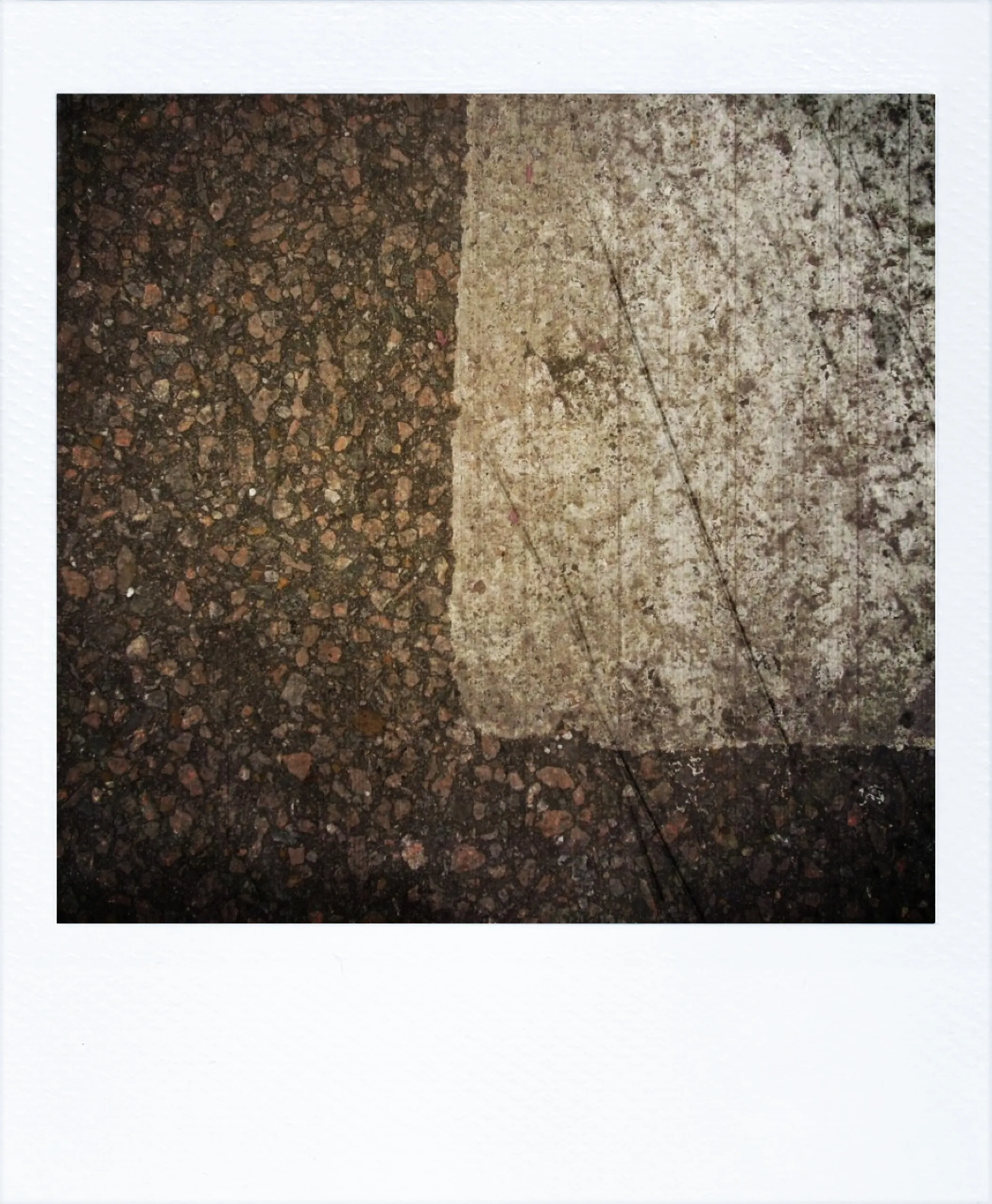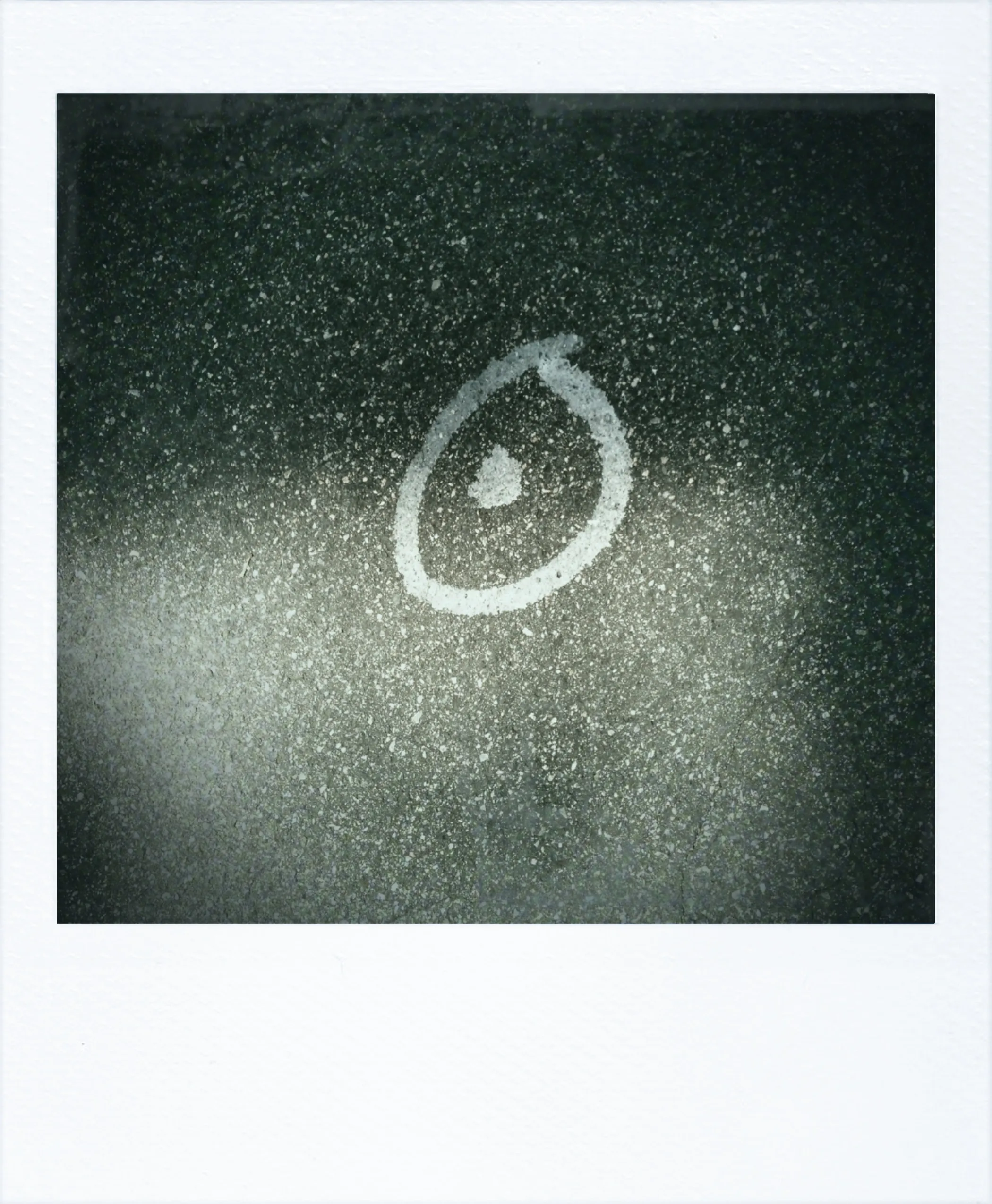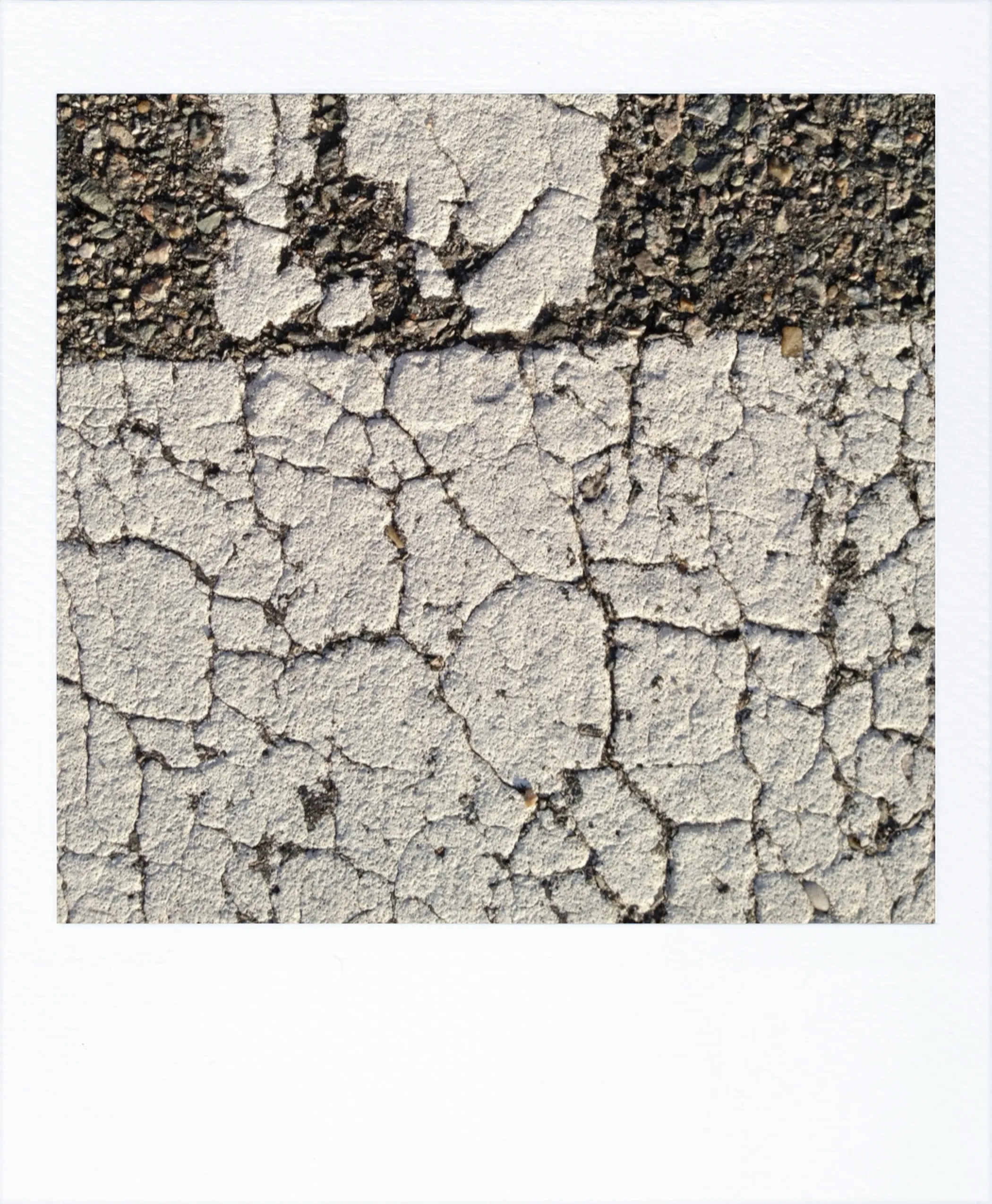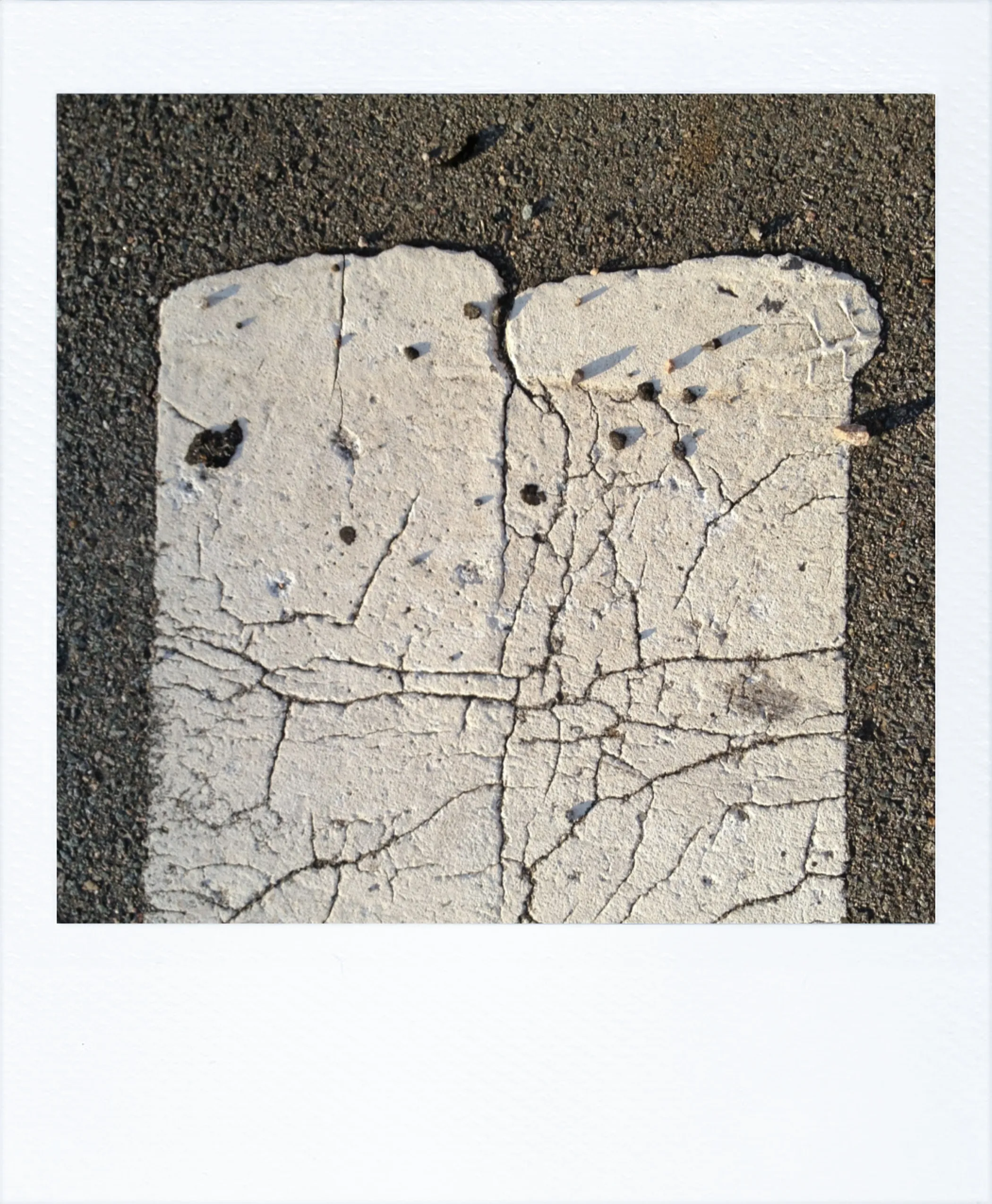Street Photography Where the Street Tells It's Own Story
Unlike traditional street photography, which often centers on the human figure, Street Photography turns its lens away from people and onto the streets themselves. In doing so, it sidesteps the ethical and legal concerns surrounding privacy in an era of heightened surveillance and digital permanence. The absence of human subjects does not render these images lifeless; rather, it invites the viewer to find presence in the remnants, the textures, and the compositions that emerge from the everyday environment. A crumbling curb, a discarded scrap of foil, the fractured lines of a faded crosswalk—each element speaks without needing a voice, embodying the rhythm of urban life without intruding upon it.
One of the most fascinating aspects of photography, particularly in the context of this project, is the tendency of viewers to ascribe deep meaning to what are, in essence, incidental details. A torn piece of paper wedged into the cracks of a sidewalk may become an emblem of loss, a weathered paint streak on asphalt a symbol of resilience. This impulse—to construct stories from fragments—reveals more about the viewer than the subject itself. It reflects our innate need to assign importance to the ephemeral, to imbue the mundane with narrative weight. The street becomes a stage, and we, the audience, craft its drama.
This is not to diminish the significance of the images or the act of their creation. Rather, Street Photography acknowledges this human impulse without dictating the terms of engagement. The images are not presented as grand statements but as open-ended invitations. They provide a framework, a moment in time extracted from the flow of daily life, and leave the rest to the observer. In doing so, the project highlights both the subjectivity of interpretation and the ways in which photography continues to function as a mirror, reflecting back not just the world but our own need to find meaning within it.
By removing people from the frame, this series redefines the parameters of street photography while subtly critiquing its evolution. It questions whether the allure of candid human moments was ever about truth, or if it was always about projection. In an age where every passerby is potentially both photographer and photographed, Street Photography suggests that the street itself may be the only truly neutral subject left—an ever-present canvas upon which we impose our narratives, our emotions, and our need to make sense of the chaos around us.
Essay written: May 2025





